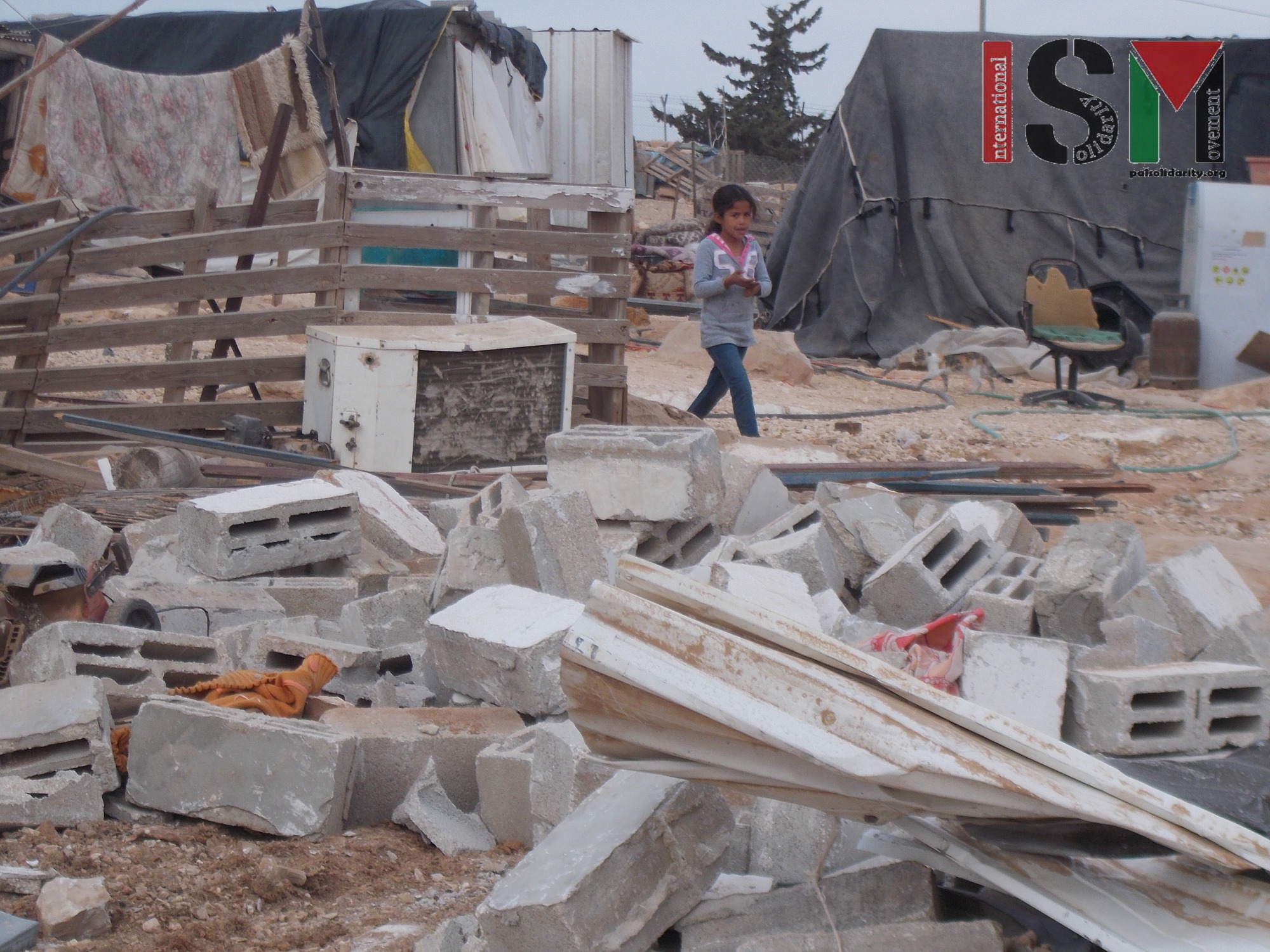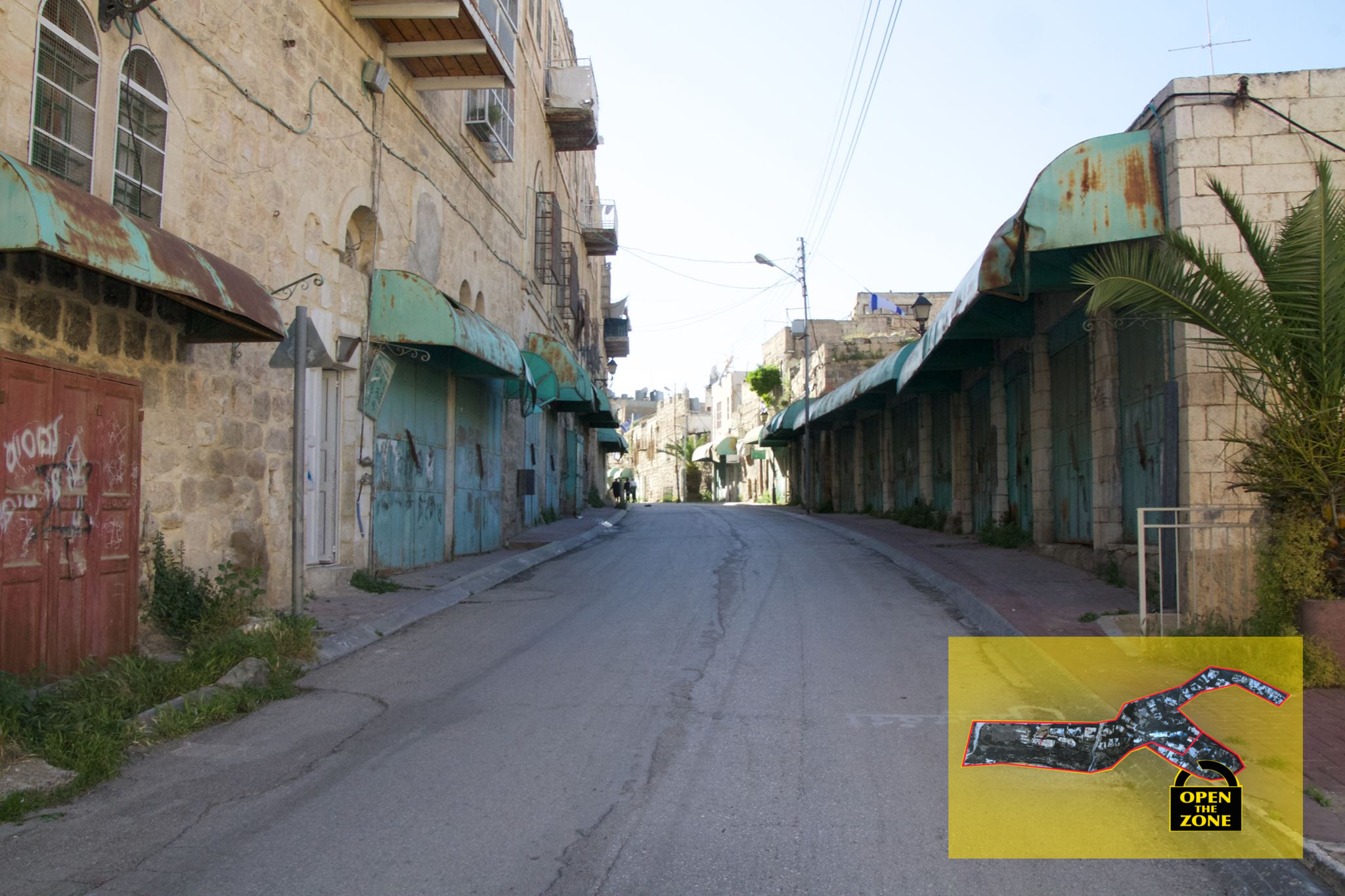Category: Journals
-
Tortured youths of Aida refugee camp
20th November 2016 | International Solidarity Movement, al-Khalil team | Bethlehem, occupied Palestine On the evening of the 10th of October, a group of approximately 25 children playing outside the community center at the gate of Aida refugee camp, were suddenly, and without provocation, attacked by soldiers dressed in civilian clothing. Caught completely unawares and…
-
Nothing is simple in Palestine
17th November 2016 | International Solidarity Movement, al-Khalil team | Umm al-Kheir, occupied south Hebron Hills Almost nothing in Palestine is what you expect for the most part. And, this is so true of the negative things you see. No matter how bad you think things are or expect them to be, you are almost…
-
Imprisoned life: the feeling of a ‘closed military zone’
30th October 2016 | International Solidarity Movement, al-Khalil team | Hebron, occupied Palestine ‘Closed military zone’ – a sterile term for an act of deliberate apartheid policies and dehumanisation with the clear and deliberate target of forcibly displacing Palestinian civilians: women, children, elderly, anyone that is Palestinian, from the Tel Rumeida and Shuhada Street neighborhood…



